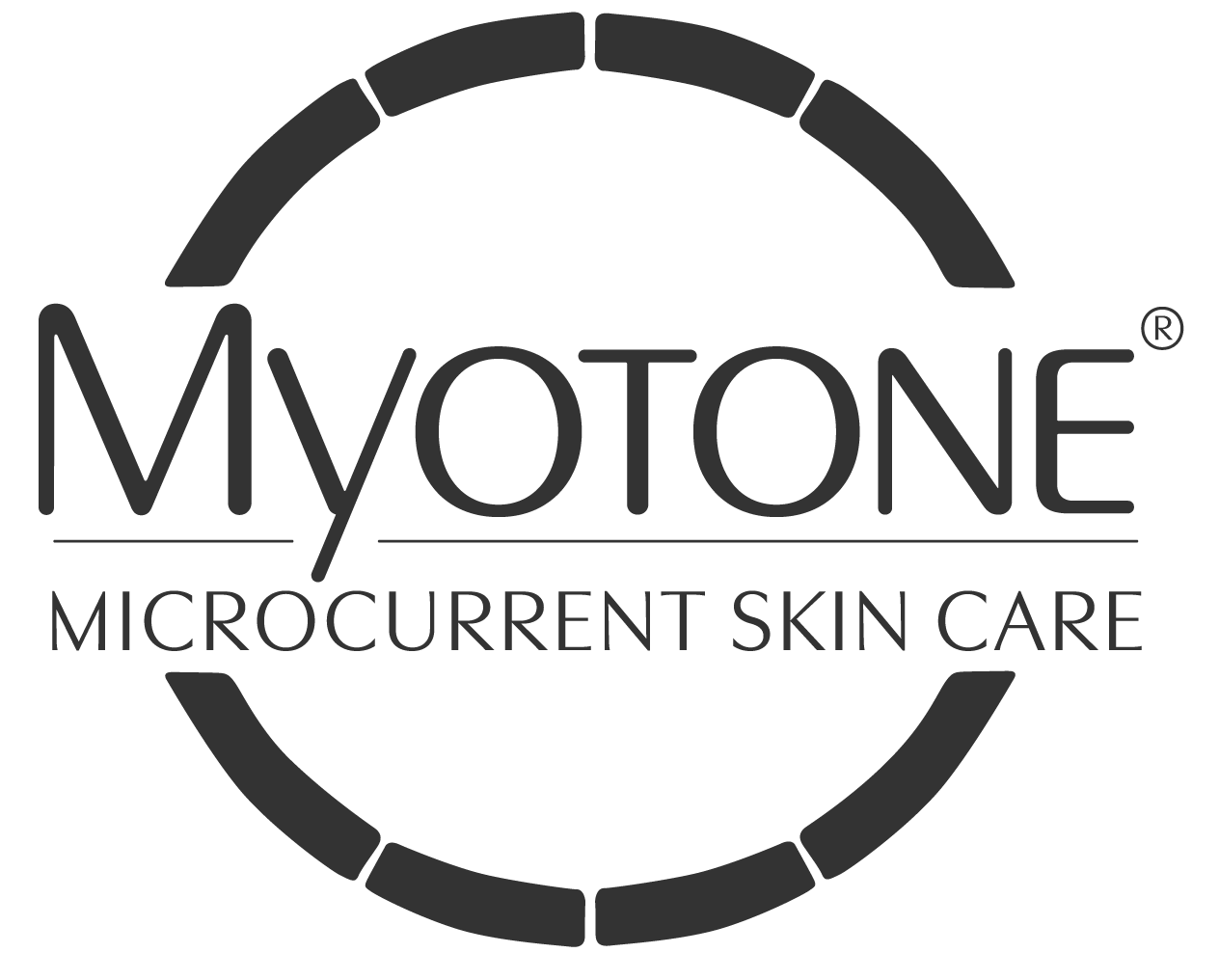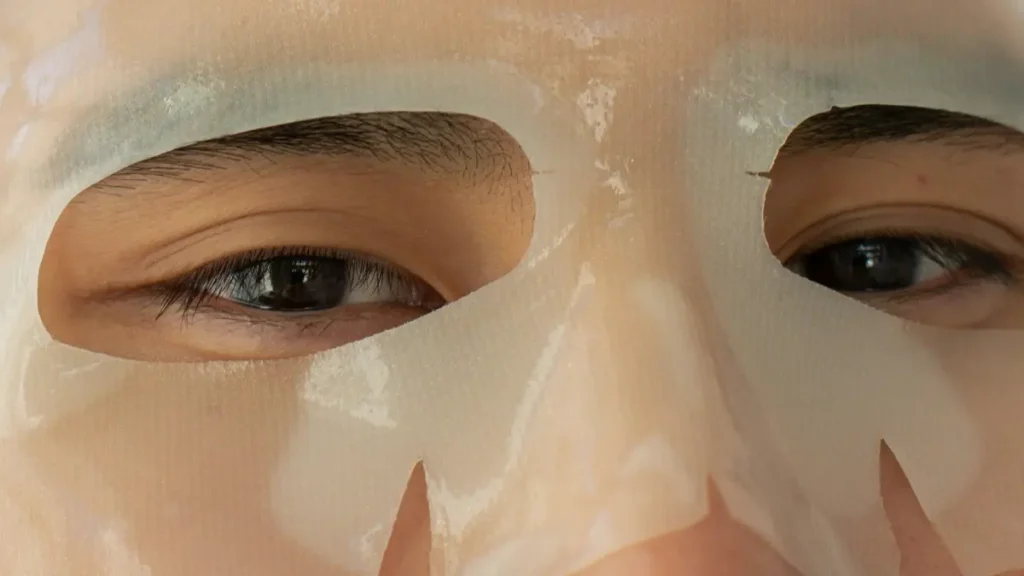In the realm of facial aesthetics and self-improvement, a term that has garnered attention in recent years is “mewing.” Coined by Dr. John Mew, a British orthodontist, mewing refers to a set of oral posture techniques believed to influence facial structure positively. While its popularity has surged through social media and online platforms, today we discuss what mewing means, how to do it, and realistic outcomes.
What is Mewing?
At its core, mewing emphasizes maintaining proper tongue posture and swallowing patterns to potentially enhance facial appearance. The premise is straightforward: by consistently positioning the tongue against the roof of the mouth, particularly with the tip touching the incisive papilla behind the upper front teeth, individuals aim to encourage forward growth of the maxilla (upper jaw). This, proponents suggest, can result in a more defined jawline and improved alignment of the teeth.
How to Mew
Executing mewing involves several key principles:
- Tongue Posture: Rest the tongue against the roof of the mouth, with the tip placed on the incisive papilla and the back of the tongue near the soft palate.
- Correct Swallowing: Swallow without engaging the cheek muscles, ensuring the tongue remains pressed against the roof of the mouth throughout the process.
- Nasal Breathing: Prioritize breathing through the nose rather than the mouth, as nasal breathing is thought to support proper tongue posture and facial development.
Results and Realities
While anecdotal evidence and personal testimonies may highlight positive outcomes from mewing, it’s crucial to approach this technique with tempered expectations. Scientific research validating the long-term effectiveness of mewing remains limited. Mewing may produce a sharper jawline appearance during active practice but individuals should be mindful that its results may vary and it is unlikely to produce permanent alterations.
Exploring More Permanent Facial Sculpting Techniques
For those seeking more concrete and long-lasting methods to sculpt facial features, alternatives like microcurrent are a scientifically backed facial toning technology. Microcurrent involves the use of low-voltage electrical currents to stimulate facial muscles, promoting toning and tightening.
Unlike mewing, which relies on passive tongue positioning, microcurrent devices offer a proactive approach to toning facial muscles. By targeting specific muscles and promoting collagen production, microcurrent treatments can yield noticeable improvements in facial contouring and skin elasticity in as little as 4 weeks.
In conclusion, while mewing has captured the interest of many individuals seeking facial enhancement, it’s essential to approach it with realistic expectations and recognize its limitations. While temporary improvements may be possible through consistent practice, individuals exploring facial sculpting techniques may benefit from exploring alternative methods like microcurrent for more tangible and long lasting results.

This article is brought to you by

Learn More ⭢



